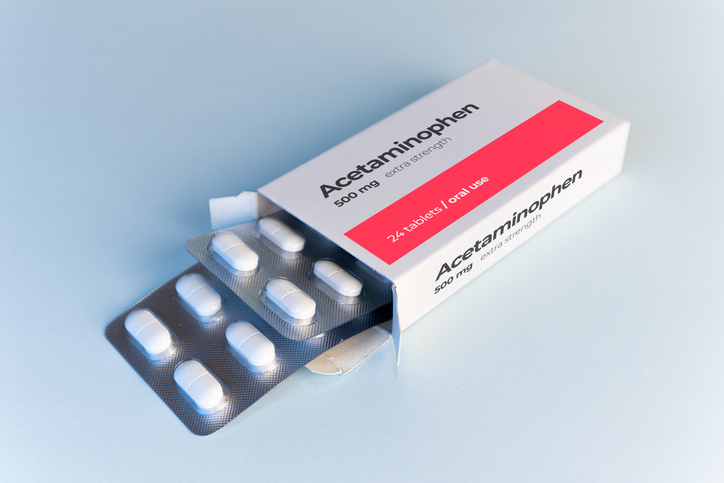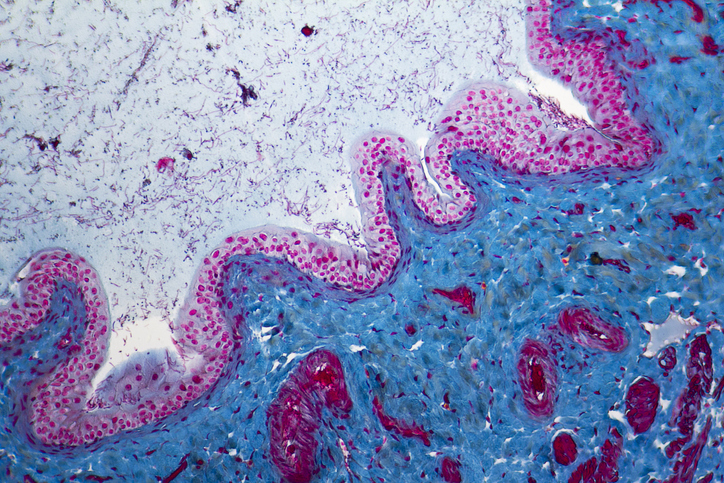
Here are the top stories recently covered by DocWire News in the Rheumatology section. In this edition, read about the significance of treatment timing in juvenile idiopathic arthritis (JIA), how smoking during pregnancy affects fracture risk in offspring, the decline of opioid prescriptions, and how tranexamic acid (TXA) exposure increases pain in hip arthroplasty.
JIA: ‘Timing Matters’
A recent study concluded that “timing matters” and that early, aggressive treatment trumps delayed, conservative treatment in children with newly diagnosed polyarticular course juvenile idiopathic arthritis (pcJIA). The researchers queried the electronic medical record (EMR) system of a large U.S. Midwest pediatric rheumatology clinic. EMR data were obtained for 2,082 JIA patients who were aged between one and 19 years; were DMARD-naïve; and were newly diagnosed with pcJIA; including subtypes of polyarthritis, oligoarthritis, psoriatic arthritis, enteritis-related arthritis and undifferentiated arthritis. Eligible patients received a pcJIA diagnosis in at least two visits by pediatric rheumatologists and visited a rheumatology clinic within six months of their diagnosis. Patients were excluded if they had inflammatory bowel disease, celiac disease, or trisomy. Final analysis included 465 JIA patients: 330 in the conservative treatment group and 135 in the aggressive treatment group. Both groups presented improvements in cJADAS and PedsQL. The early aggressive approach was, compared to the conservative approach, superior in six-month cJADAS reduction (mean, −2.17; 95% confidence interval [CI], −3.77 to −0.56). The addition of bDMARD six months after baseline was not beneficial.
Smoking and Offspring Fracture Risk
A new study assessed the effect of maternal smoking on offspring during different stages of life. The researchers concluded that children born to mothers who smoked during pregnancy had a greater fracture risk during the first year of life. Offspring were followed to a median age of 21.1 years, during which time 377,970 fractures were recorded (11.8 per 1,000 person years). The correlation between maternal smoking and fracture was dependent on attained age: in the entire cohort, maternal smoking increased fracture risk in offspring before age one year (fracture rates per exposed vs. unexposed to maternal smoking: 1.59 vs. 1.28 per 1,000 person years). When adjusting for confounding factors, the hazard ratio for smoking during pregnancy versus non-smoking was 1.27 (95% confidence interval, 1.12–1.45). “This association followed a dose dependent pattern (compared with no smoking, hazard ratios for 1-9 cigarettes/day and ≥10 cigarettes/day were 1.20 (95% confidence interval 1.03 to 1.39) and 1.41 (1.18 to 1.69), respectively) and persisted in within-sibship comparisons although with wider confidence intervals (compared with no smoking, 1.58 (1.01 to 2.46)),” the researchers further observed.
Opioids: Are We Headed in the Right Direction?
A new report issued by the Centers for Disease Control and Prevention (CDC) observed a decline in opioid prescriptions across almost a dozen states. In all 11 states evaluated during the study period, opioid prescribing rates declined (range, 14.9–33.0%). The lowest daily dosage declines were observed in Idaho and Maine (average quarterly percent changes [AQPC]=-0.4%), and the highest in Florida (AQPC=-1.6%). AQPCs for the percentage of patients with high daily dosage ranged from -0.4% in Idaho to -2.3% in Louisiana. For the seven states where multiple-provider episode data were available, rates declined by at least 62%.
TXA and THA Pain
A new study explored how tranexamic acid (TXA) affects early pain outcomes by comparing total hip arthroplasties (THA) that did and did not include TXA exposure. Mean 24-hour pain scores were higher in patients whose surgeries included topical TXA compared to patients who were not given topical TXA (P=0.006). The topical TXA patients also asked for opioids significantly sooner than non-TXA patients (mean 152 minutes vs. 246 minutes; P=0.033). For patients who did receive topical TXA, average morphine milligram equivalents consumed during the first 24 hours after post-anesthesia care unit was 56.07, compared to 31.26 among patients who did not receive topical TXA (P<0.001). “Topical TXA use was associated with greater early postoperative pain and opioid consumption in primary THA patients,” the study authors concluded. “Findings were supported by the magnitude of observed effects and the likelihood of clinical relevance. Replication and consideration of potential adverse consequences of TXA use in elective settings is encouraged.”







 © 2025 Mashup Media, LLC, a Formedics Property. All Rights Reserved.
© 2025 Mashup Media, LLC, a Formedics Property. All Rights Reserved.